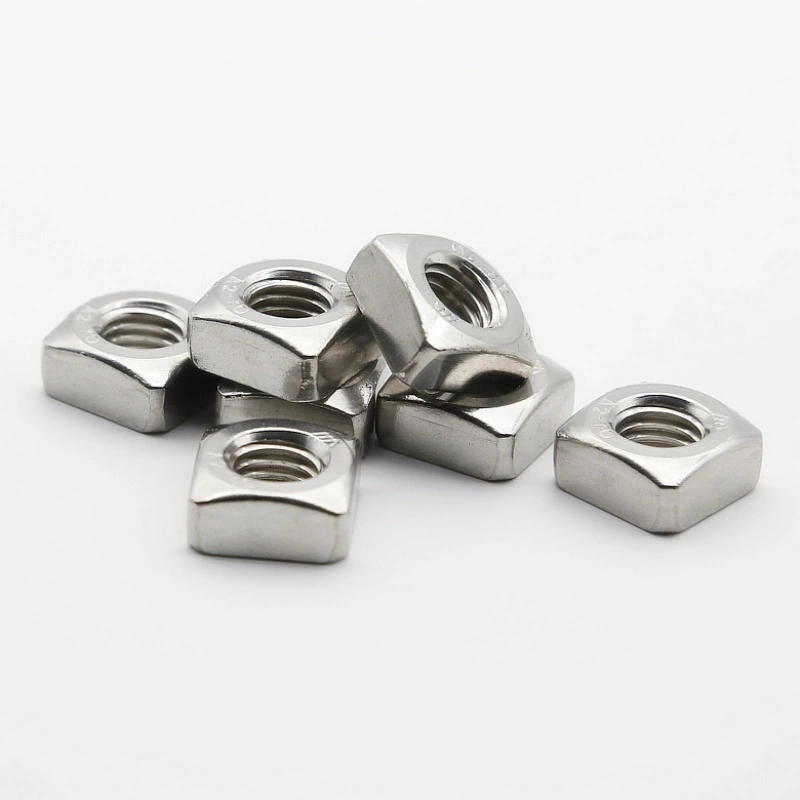

Innovative Solutions for Self-Drilling and Tapping Screws in Modern Construction Applications
Dec . 06, 2024 09:04 Back to list
Innovative Solutions for Self-Drilling and Tapping Screws in Modern Construction Applications
Understanding Self-Drilling and Tapping Screws A Comprehensive Guide
In the realm of fasteners, self-drilling and tapping screws stand out as a vital component in construction, manufacturing, and various DIY projects. These screws are prized for their efficiency and effectiveness, but what exactly are they, and how do they differ from standard screws? This article delves into the intricacies of self-drilling and tapping screws, exploring their design, applications, advantages, and installation processes.
What Are Self-Drilling and Tapping Screws?
Self-drilling screws, often referred to as Tek screws, are specialized fasteners designed with a drill-shaped tip that allows them to create their own hole in materials such as metal, wood, or plastic. This eliminates the need for pre-drilling, making installation quicker and more efficient.
On the other hand, self-tapping screws are equipped with a sharp, pointed end that helps them cut into the material as they are driven in. While these screws can also penetrate solid materials, they are primarily used to create threads within pre-drilled holes or softer materials to form a secure joint.
Design Features
Both self-drilling and self-tapping screws are designed for high performance. They generally feature different head styles, including pan, flat, and hex, which cater to various applications. The materials used in their construction are typically high-strength steel, stainless steel, or even specialized alloys to enhance durability and corrosion resistance.
One of their distinguishing characteristics is the unique design of the tip. Self-drilling screws have a conical point that can cut through materials, while self-tapping screws have a more traditional point but are optimized for thread formation. This design consideration directly impacts their effectiveness in specific applications.
Applications
Self-drilling and tapping screws find their use in a wide range of industries. In the construction sector, they are commonly employed for metal roofing, siding, and framing. Their ability to penetrate metal substrates without pre-drilling makes them an ideal choice for these tasks. Furthermore, they are favored in the automotive and manufacturing industries for assembling parts quickly and securely.
self drilling and tapping screws

In the DIY realm, homeowners and hobbyists appreciate self-drilling and tapping screws for their convenience
. Whether constructing outdoor furniture, hanging fixtures, or repairing equipment, these screws streamline the process, making projects easier and faster.Advantages
The advantages of using self-drilling and tapping screws are numerous. Firstly, they significantly reduce labor and time costs by eliminating the need for pre-drilling. This is especially beneficial in large-scale projects or in situations where access to drill machinery is limited.
Secondly, these screws provide exceptional holding power. Their design allows them to create strong, stable joints that can withstand various forces, including tension and shear. This makes them ideal for structural applications where strength and stability are paramount.
Lastly, self-drilling and tapping screws can enhance overall productivity. Their ease of use means that even individuals with minimal experience in construction can effectively use them, reducing the learning curve associated with traditional screws.
Installation Process
Installing self-drilling and tapping screws is a straightforward process. Begin by selecting the appropriate screw type and size for your project. Next, ensure that you have the right tools—typically a power drill or a screw gun.
When using self-drilling screws, simply position the screw at the desired location and apply pressure while drilling. The screw will create its own hole and secure itself in place as it is driven into the material. For self-tapping screws, either pre-drill a pilot hole or apply direct pressure to the material to allow the screw to tap its own thread.
Conclusion
In summary, self-drilling and tapping screws are invaluable tools in the arsenal of fasteners. Their ability to simplify installation processes, combined with their strength and versatility, makes them essential for both professionals and DIY enthusiasts. Whether you're engaged in heavy-duty construction work or a simple home improvement project, understanding the right application and benefits of these screws can lead to successful outcomes. As building technologies evolve, the demand for efficient fastening solutions like self-drilling and tapping screws will undoubtedly continue to grow, reinforcing their status as critical components in the construction and manufacturing landscape.
Latest news
-
High-Strength Hot Dip Galvanized Bolts - Hebei Longze | Corrosion Resistance, Customization
NewsJul.30,2025
-
Hot Dip Galvanized Bolts-Hebei Longze|Corrosion Resistance&High Strength
NewsJul.30,2025
-
High-Strength Hot-Dip Galvanized Bolts-Hebei Longze|Corrosion Resistance&High Strength
NewsJul.30,2025
-
Hot Dip Galvanized Bolts-Hebei Longze|Corrosion Resistance&High Strength
NewsJul.30,2025
-
Hot Dip Galvanized Bolts - Hebei Longze | Corrosion Resistance, High Strength
NewsJul.30,2025
-
High-Strength Hot Dip Galvanized Bolts-Hebei Longze|Corrosion Resistance, Grade 8.8
NewsJul.30,2025

